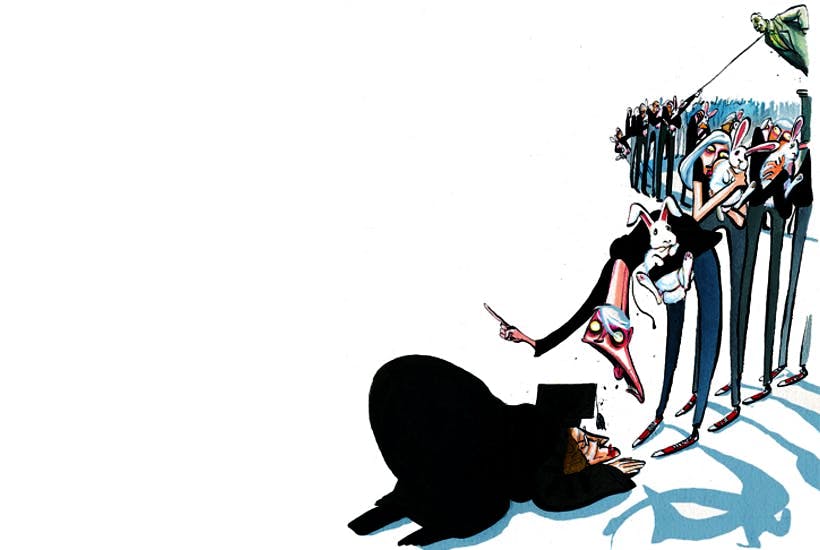Spectator contributors were asked: Which moment from history seems most significant or interesting? Here is Andrew Doyle’s answer:
The Synodus Horrenda of January 897 is one of many bleak episodes in history that the Catholic Church would probably rather we forget. This is when Pope Formosus was put on trial for perjury and violating canon law. The twist is that by this point he had been dead for eight months.
The trial was an exercise in score-settling by his successor, Stephen VI. He had the corpse exhumed, dressed in his sacerdotal garb and propped up in the papal court. Pope Formosus was even provided with a defence council, but the outcome was never really in doubt.
After hours of interrogation, during which Pope Stephen hurled abuse at the cadaver and tauntingly challenged it to reply, a guilty verdict was reached. The body was stripped, mutilated and thrown into the River Tiber.
I’ve come to think of this story as the ninth-century ecclesiastical version of today’s ‘cancel culture’, a process by which social justice activists trawl for past deeds and statements that might discredit both the living and the dead.

Get Britain's best politics newsletters
Register to get The Spectator's insight and opinion straight to your inbox. You can then read two free articles each week.
Already a subscriber? Log in






Comments
Join the debate for just £1 a month
Be part of the conversation with other Spectator readers by getting your first three months for £3.
UNLOCK ACCESS Just £1 a monthAlready a subscriber? Log in